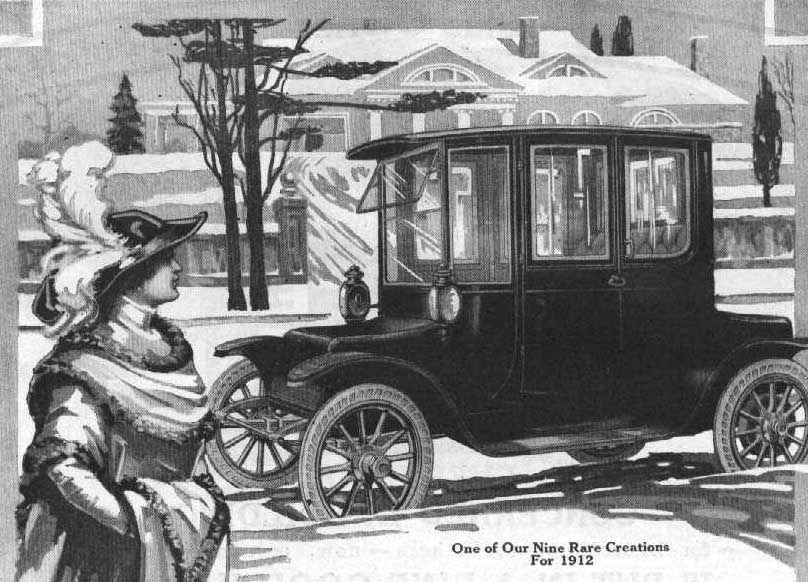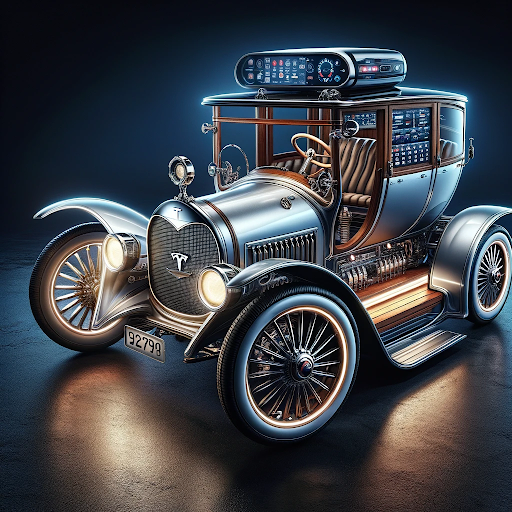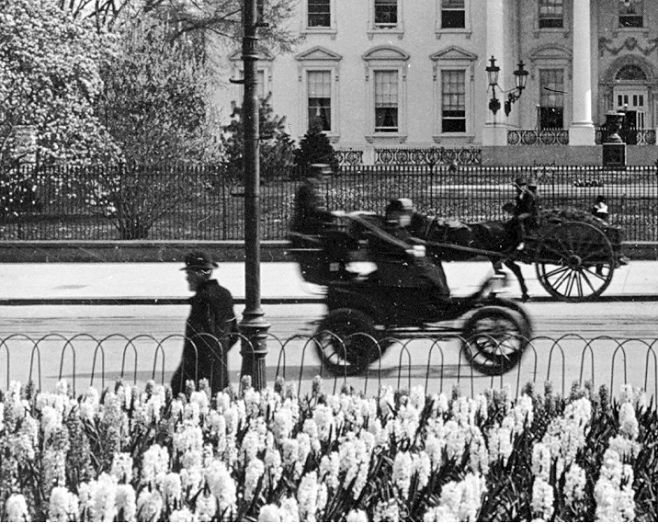Introduction
Picture the streets of London or New York City in the early 1900s, lit by gas lamps, where the sound of horse-drawn carriages is gradually being replaced by the quiet hum of something new. This isn't the beginning of a futuristic story but a chapter from the world's automotive history that many have forgotten.
Prior to today’s current focus on sustainable transport, both Britain and the United States had already begun exploring electric mobility. This period marks an interesting chapter in history, as electricity was considered as an alternative to steam and gasoline for powering vehicles.
Early Beginnings (Late 1800s to Early 1900s)
If you were an affluent New Yorker thinking about buying a car at the dawn of the 20th century, you’d generally have three options to choose from:
1. A steam-powered car that let you drive without worrying about how far you could go, as long as you didn't mind carrying extra water for refills and waiting for the engine to heat up each time you added more.
2. The gasoline car with an internal combustion engine was already on the market with some caveats: Gasoline cars were loud and had unpleasant fumes. They also required a dangerous hand-cracking to start.
3. The battery-powered car, a viable option back in 1900 due to its clean and simple operation. In addition, if you were fortunate enough to have electricity at home, overnight charging was the best option to refuel.
Sounds like everyone would have flocked to electric vehicles, right? Well, in fact, they did. Despite the heavy and inefficient lead-acid batteries with only 70 kilometres of range, electric cars were the best options as batteries were cheap.
In the late 19th century, entrepreneur Albert Pope offered Colombia to the market as one of the earliest commercial electric cars. Electric cars became so popular in the United States that they accounted for 38% of all the cars on the roads across the country, almost doubling the share of gasoline cars. In 1900, America had 8000 cars on the roads.

In the UK? Not so much. Although the UK and France were the largest manufacturers of electric cars by volume, the adoption of electric cars in Europe did not compare with that of America. The UK had already begun electrifying its public transport network with the overground in London and trams in other cities across the nation. The British electrician Walter Bersey put together a set of electric taxis throughout the roads of London in 1897. Long before ride hailing apps like Uber offered electric vehicles to its riders, Londoners enjoyed the comforts of electric taxis. Despite early benefits, electric cars eventually fell out of favour due to battery issues.
Even notable engineers of the time, such as Henry Ford and Thomas Edison, failed to solve the problem of range anxiety. Similar to NIO’s battery swapping stations coming soon to the UK, back in 1912, General Electric opened up an exchange station to swap out dead batteries with charged ones in Connecticut, US.
Takeover of internal combustion vehicles
In 1908, Ford released the Model T, regarded by many as the first commercially affordable car in the United States. The Model T drastically changed the perceptions surrounding gasoline-powered cars and later became the first “global car” produced and sold across the Western world. At the same time, electric cars became less popular, given problems with the batteries.
Priced at nearly double the price of gasoline cars, EVs were considered luxury items and inaccessible to many. The discovery of new petroleum reserves in the US and elsewhere across the colonies, and advancements in ICEs made gasoline cars more appealing. These improvements included quieter operation, reduced vibration, and the elimination of the need for hand-cranking.
In the United States, electric car manufacturers shifted their advertising to target women. They emphasised the “feminine” aspects of their products and highted the easy-to-use aspects of electric cars that didn’t require much physical effort. The strategy, however, did not work as the number of women who drove at the time was limited.

Conclusion
By the 1920s, electric vehicles fell further under the dominance of gasoline cars. The once-praised electric cars became a forgotten chapter of automotive history. In our next piece, we'll trace the electric car’s resurgence from mid-century experiments to today. Stay tuned for the comeback of these quiet revolutionaries.
Using AI we reimagined what a Tesla vehicle might have resembled had they been around in the early 20th century. This view offers a unique glimpse into a historical "what-if" moment.

